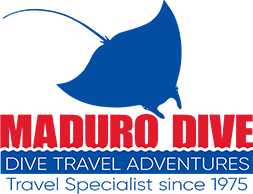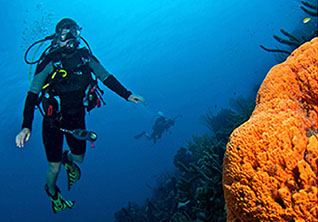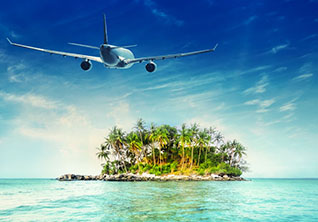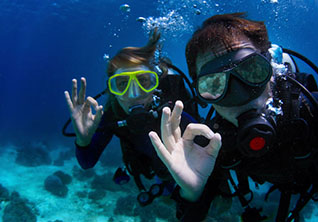Ocean Club
Ocean Club has 88 rooms and is located in the eastern end of Grace Bay on the scuba diving island of Providenciales in Turks & Caicos. It's the perfect spot for those that wish to dive, but have access to golf, shops, stores, and restaurants. The sister resort Ocean Club West is just one mile west and near the heart of Grace Bay. A complimentary shuttle bus will take you from Ocean Club to O...
Ocean Club West
Ocean Club West has 68 rooms and is located in the heart of Grace Bay on the scuba diving island of Providenciales in Turks & Caicos. It's the perfect spot for those that wish to dive, but have access to sales shops and restaurants. The sister resort Ocean Club is just one mile east and across from the gulf course. A complimentary shuttle bus will take you from Ocean Club West to the other Oce...
Ports of Call Resort
Ports of Call Resort is a scuba diving resort located on the island of Providenciales in the Turks and Caicos. They have 98 suite rooms that come in 3 main styles. The 3-bedroom Villa is perfect for families that would like a 50” flat screen TV. They also have shared access to a plunge pool. 1-bedroom Apartments come with a full kitchen, and come with either a Garden View, Pool View. The Deluxe ...
Royal West Indies
Royal West Indies is a scuba diving resort located adjacent to Grace Bay in Providenciales, Turks & Caicos. This all suite resort has 98 accommodations, from studio suites, 1-bedroom suites, and 2-bedroom suites. So, each suite has air conditioning, a microwave, kitchenette with fridge, and private balcony or patio. Enjoy our blog article on Turks & Caicos.
Royal West Indies Diving
D...
The Sands at Grace Bay
The Sands at Grace Bay is a luxury resort located in the Turks & Caicos on Providenciales. More importantly, Grace Bay has 12 miles of white sandy beach and Scuba diving is just one of the many activities you may enjoy while staying here. So, the resort features six 3-story buildings with 114 suites. Junior suites have kitchenettes. 1-bedroom suites, two-bedroom suites, and 2-bedroom suites wi...
Osprey Beach Hotel Grand Turk
Osprey Beach Hotel is a small boutique scuba diving friendly resort in Cockburn Town on Grand Turk island in the Turks and Caicos. So, they have standard rooms that have a king bed and an ocean view. Their queen rooms have a queen bed and beachfront view. Moreover, all rooms have air conditioning, bathrooms with bathtubs or showers, flat screen TV with cable, a mini-fridge and hair dryers. WIFI is...



















